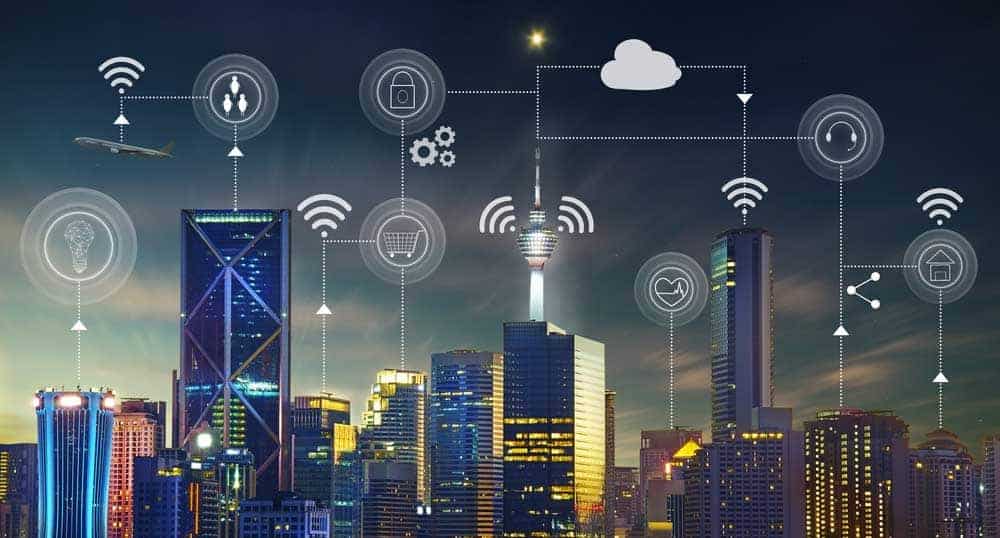Society 5.0


By 2020, more than 30 billion machines and devices worldwide will be connected via the Internet. More than half of all new business processes will then already contain elements of the Internet of Things (IoT).
CeBIT 2017 will feature many prominent drivers of this megatrend.
Supersmart company
While Germany is well on its way to Industry 4.0, Japan, the partner country of CeBIT 2017, is already going one step further: The government program "Society 5.0" not only strengthens the economy, but also targets the population.
The government envisions nothing less than a new, supersmart society, "Society 5.0. The government's "Society 5.0" program formulates solutions to the central challenges facing Japanese society, in particular the increasing aging of society, environmental pollution and natural disasters.
To achieve this, according to a thesis paper published by the Japanese industry association Keidanren, "five walls must be broken down" that are currently still holding back the country's development into "Society 5.0."
- the public administration
- the legal system
- Gaps in knowledge about digitization
- the shortage of skilled workers
- and the acceptance of the population.
A shared, nationwide vision of Society 5.0 is intended to ensure that the interplay between humans and machines is given a higher priority and that moral, ethical and economic aspects of digitization are anchored in society.
Hardly any other current technology topic interests and fascinates people in the same way as the prospect of leaving the steering of one's own vehicle to a few sensors, actuators and chips in the near future.
Anyone who already wants to experience what it feels like to delegate the partly cherished, partly annoying responsibility of driving oneself to a machine will have one of the hitherto rare opportunities at CeBIT 2017 in Hanover to literally experience this first-hand.
Two autonomous shuttle buses provided by Swiss Post, which are currently being tested as part of a public transport pilot project, will each chauffeur up to eleven trade show guests from the West 1 entrance across Hall 13 to Hall 12.
The two shuttle buses used, which can travel at speeds of up to 20 kilometers per hour, are equipped with various cameras and sensors that enable the autonomous vehicle to detect both moving and stationary obstacles on the specified route and to react accordingly - even to the point of stopping fully automatically.
The feeling of safety is provided by two manually operated emergency stop buttons, but above all by a trained employee of the SmartShuttle project, who is always on board and not only assists with getting in and out of the vehicle, but can also take control of it at any time.






